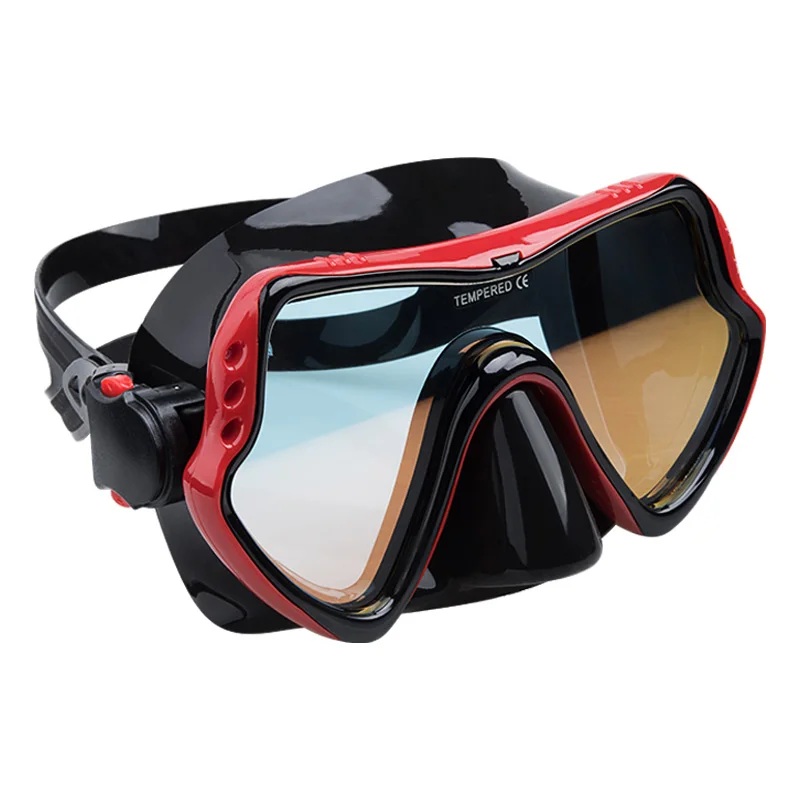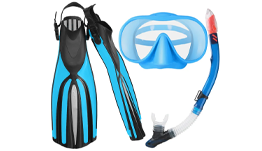Diving is mainly in the loose accumulation of the fourth system, bedrock surface fissure zone or grey rock cave. The free water surface of submersible is called submersible surface, the distance between the surface and submersible surface is the depth of submersible burial, and the distance between submersible surface and watertight bottom plate is the thickness of submersible aquifer. There is no continuous water barrier above the submerged layer, and it is not pressurised or only locally pressurised. Diving runoff, controlled by gravity from the high water level to the low water level, in the rock pores, fissures, mostly laminar flow movement. Diving discharge by evaporation into water vapour into the atmosphere, or in the form of springs exposed on the surface, in addition to artificial mining and so on.
The main sources of recharge are atmospheric precipitation, condensation of water vapour in the air, surface water and recharge from other aquifers. Precipitation and surface water are recharged through infiltration from the air-bearing zone, while other aquifers are recharged through runoff. Submerged water is an important source of water supply, which is usually shallowly buried, widely distributed, and easily exploited. However, it is vulnerable to pollution and should be protected.
Diving according to the nature and characteristics of the aquifer can be divided into pore diving, fissure diving, karst diving. Pore diving is mainly buried in the loose sediments of the Quaternary period, which is common in the mountain depressions, valley plains, pre-flood alluvial fans and coastal plains. Fissure diving exists in the fissures of bedrock. In the karst development of limestone, dolomite and other soluble rock areas, due to the strong dissolution filtering and erosion of water, the formation of caverns, drop holes, underground dark river, etc., the formation of karst diving. The water level dynamics and hydration dynamics of diving are most closely related to meteorological, hydrological and anthropogenic activities. Diving and artesian water can be transformed into each other, for example, in mountain basins and plains, hot springs (belonging to pressurised water) flow out from bedrock and mix with diving in the overlying loose layer, then the mixed water has the properties of both pressurised water and diving. The groundwater at many seismic hydrological observation sites belongs to this type of groundwater.


 EN
EN
 AR
AR
 BG
BG
 HR
HR
 CS
CS
 DA
DA
 NL
NL
 FI
FI
 FR
FR
 DE
DE
 EL
EL
 HI
HI
 IT
IT
 JA
JA
 KO
KO
 NO
NO
 PL
PL
 PT
PT
 RO
RO
 RU
RU
 ES
ES
 SV
SV
 CA
CA
 TL
TL
 IW
IW
 ID
ID
 SR
SR
 VI
VI
 TH
TH
 TR
TR
 FA
FA
 MS
MS
 GA
GA
 EO
EO
 LA
LA
 SO
SO
 SU
SU
 HAW
HAW
 LB
LB
 GD
GD











